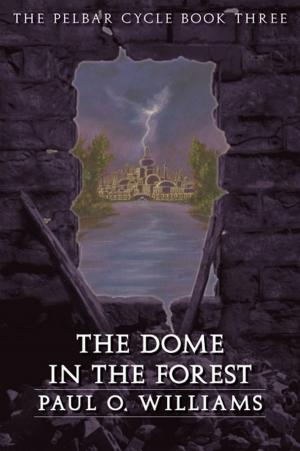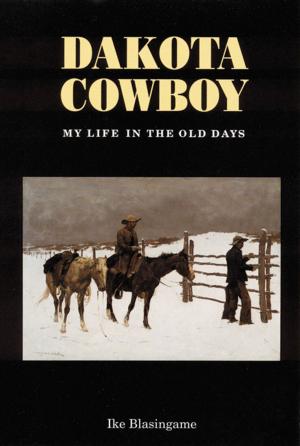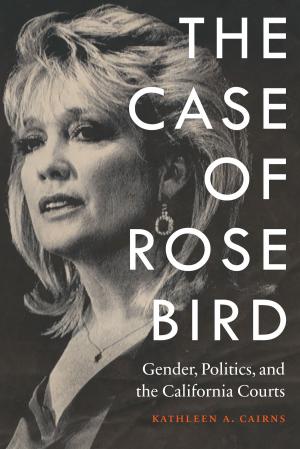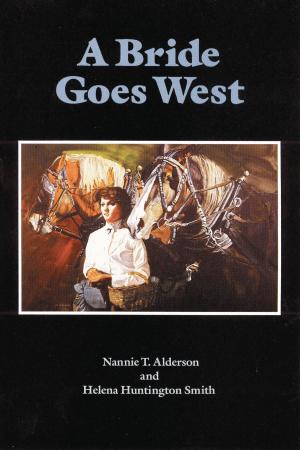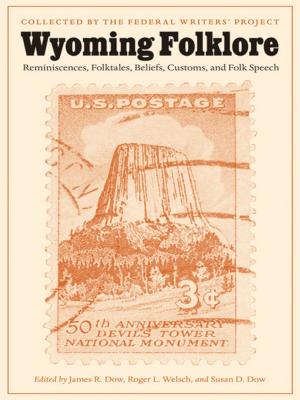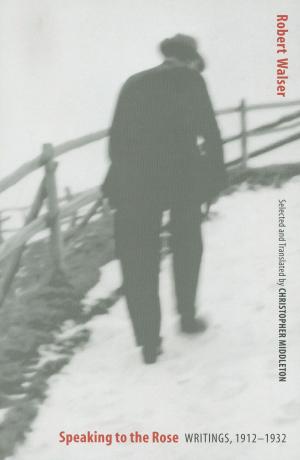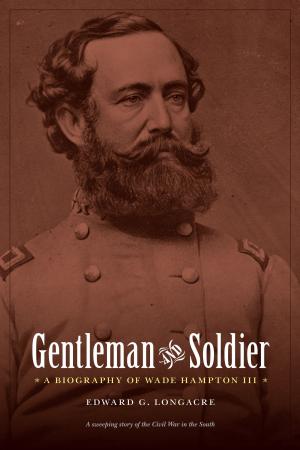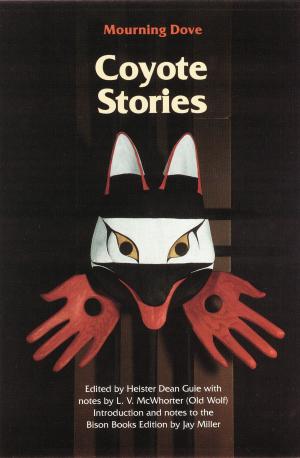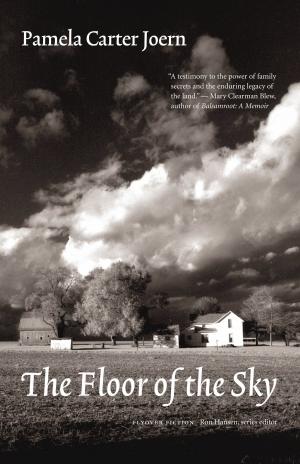The Spanish Craze
America's Fascination with the Hispanic World, 1779–1939
Nonfiction, History, Americas, United States, Revolutionary Period (1775-1800), 19th Century, 20th Century| Author: | Richard L. Kagan | ISBN: | 9781496211132 |
| Publisher: | UNP - Nebraska | Publication: | March 1, 2019 |
| Imprint: | University of Nebraska Press | Language: | English |
| Author: | Richard L. Kagan |
| ISBN: | 9781496211132 |
| Publisher: | UNP - Nebraska |
| Publication: | March 1, 2019 |
| Imprint: | University of Nebraska Press |
| Language: | English |
The Spanish Craze is the compelling story of the centuries-long U.S. fascination with the history, literature, art, culture, and architecture of Spain. Richard L. Kagan offers a stunningly revisionist understanding of the origins of hispanidad in America, tracing its origins from the early republic to the New Deal.
As Spanish power and influence waned in the Atlantic World by the eighteenth century, her rivals created the “Black Legend,” which promoted an image of Spain as a dead and lost civilization rife with innate cruelty and cultural and religious backwardness. The Black Legend and its ambivalences influenced Americans throughout the nineteenth century, reaching a high pitch in the Spanish-American War of 1898. However, the Black Legend retreated soon thereafter, and Spanish culture and heritage became attractive to Americans for its perceived authenticity and antimodernism.
Although the Spanish craze infected regions where the Spanish New World presence was most felt—California, the American Southwest, Texas, and Florida—there were also early, quite serious flare-ups of the craze in Chicago, New York, and New England. Kagan revisits early interest in Hispanism among elites such as the Boston book dealer Obadiah Rich, a specialist in the early history of the Americas, and the writers Washington Irving and Henry Wadsworth Longfellow. He also considers later enthusiasts such as Angeleno Charles Lummis and the many writers, artists, and architects of the modern Spanish Colonial Revival in the United States in the late nineteenth and early twentieth centuries.
Spain’s political and cultural elites understood that the promotion of Spanish culture in the United States and the Western Hemisphere in general would help overcome imperial defeats while uniting Spaniards and those of Spanish descent into a singular raza whose shared characteristics and interests transcended national boundaries.
With elegant prose and verve, The Spanish Craze spans centuries and provides a captivating glimpse into distinct facets of Hispanism in monuments, buildings, and private homes; the visual, performing, and cinematic arts; and the literature, travel journals, and letters of its enthusiasts in the United States.
The Spanish Craze is the compelling story of the centuries-long U.S. fascination with the history, literature, art, culture, and architecture of Spain. Richard L. Kagan offers a stunningly revisionist understanding of the origins of hispanidad in America, tracing its origins from the early republic to the New Deal.
As Spanish power and influence waned in the Atlantic World by the eighteenth century, her rivals created the “Black Legend,” which promoted an image of Spain as a dead and lost civilization rife with innate cruelty and cultural and religious backwardness. The Black Legend and its ambivalences influenced Americans throughout the nineteenth century, reaching a high pitch in the Spanish-American War of 1898. However, the Black Legend retreated soon thereafter, and Spanish culture and heritage became attractive to Americans for its perceived authenticity and antimodernism.
Although the Spanish craze infected regions where the Spanish New World presence was most felt—California, the American Southwest, Texas, and Florida—there were also early, quite serious flare-ups of the craze in Chicago, New York, and New England. Kagan revisits early interest in Hispanism among elites such as the Boston book dealer Obadiah Rich, a specialist in the early history of the Americas, and the writers Washington Irving and Henry Wadsworth Longfellow. He also considers later enthusiasts such as Angeleno Charles Lummis and the many writers, artists, and architects of the modern Spanish Colonial Revival in the United States in the late nineteenth and early twentieth centuries.
Spain’s political and cultural elites understood that the promotion of Spanish culture in the United States and the Western Hemisphere in general would help overcome imperial defeats while uniting Spaniards and those of Spanish descent into a singular raza whose shared characteristics and interests transcended national boundaries.
With elegant prose and verve, The Spanish Craze spans centuries and provides a captivating glimpse into distinct facets of Hispanism in monuments, buildings, and private homes; the visual, performing, and cinematic arts; and the literature, travel journals, and letters of its enthusiasts in the United States.



